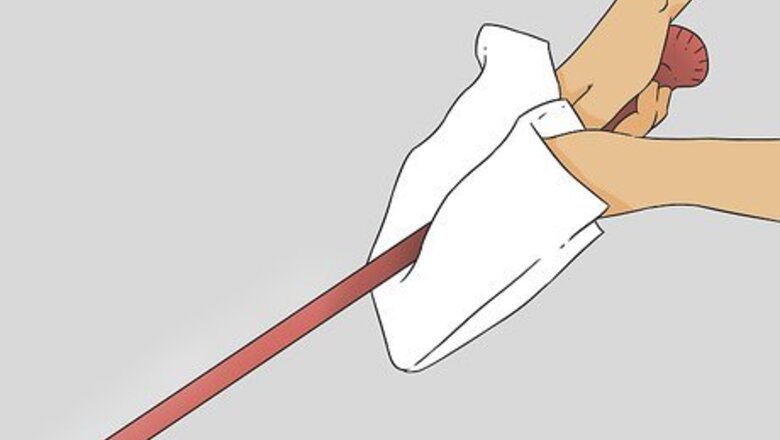
views
For Flat Ground

Clean the poles if they are dirty. Simply use a damp rag or paper towel over the surfaces of the pole, and then allow it to dry. They may be harder to twist and move if there is a lot of dirt or dust between the different pieces. Dirt and moisture can ruin the expander pieces in your poles over time, so it's a good idea in general to the poles clean, or even disassemble them after each use. Do not use lubricants such as WD40 to clean your hiking poles. This could affect the function of the adjusting pieces.

Unlock each pole. There are typically two options for adjusting the sections of your hiking poles. The first, and perhaps most common, is to twist the poles to loosen and tighten them. The second option is a small lever which would you flick open with your thumb and then flick closed once you have adjusted the pole length. Most hiking poles twist to the left to unlock, and to the right to lock. There should be arrows to show you which way to twist.
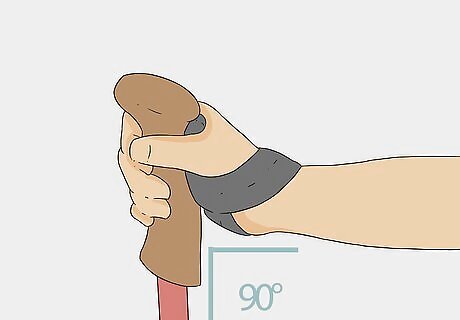
Adjust the right pole so that your arm forms a 90 degree angle. Take the right hand pole and hold it out in front of you. Relax your shoulders, keep your elbows close to your side, and make sure that the pole is touching the ground. If your pole has multiple adjustable sections, start with the lowest part. Extend it as necessary until it has reached maximum length, then move onto the next part if you still want it to be longer. This way, if you need to adjust your poles while walking, it is easier to just adjust the top part. Although the poles look very similar, most pole sets have a right and left hand pole where the grip is slightly different to adjust to your hands' shape.

Adjust your left pole to be the same length as the right. Hold them next to each other to ensure they are the same height. Place your poles on a flat surface so that it is easier to compare lengths.
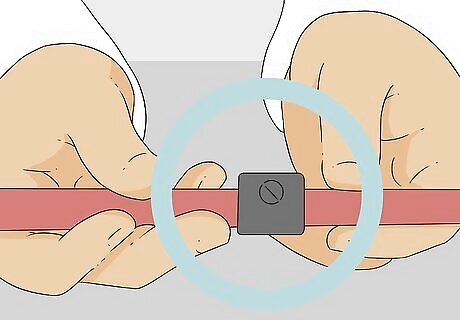
Lock both poles. Either tighten them or flip the lever closed. Make sure they are fully tightened so that the poles will not adjust as you are walking.
For Different Terrains
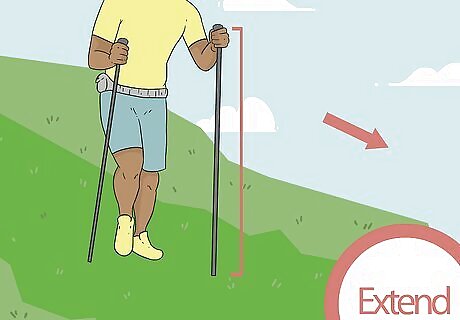
Lengthen your poles to chest height when hiking downhill. This is especially important for steep descents, as it takes some of the pressure off of your knees. Unlock the upper portion of your each pole and extend it until you can walk comfortably. Stand up straight and keep your shoulders relaxed to ensure correct use of the poles.
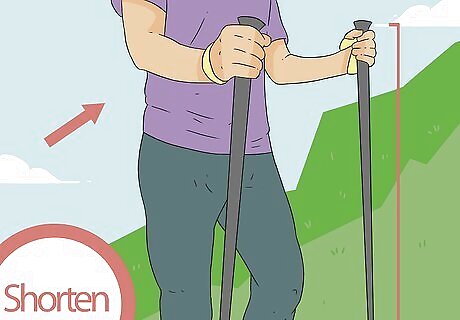
Shorten your poles to thigh height when hiking uphill. If you feel like you are reaching your arms out too far in order to plant your poles, they need to be shorter. You should feel like you are walking naturally. Remember that it is easier to adjust the lower section of the pole for flat ground and adjust the top part for going up and down hills.
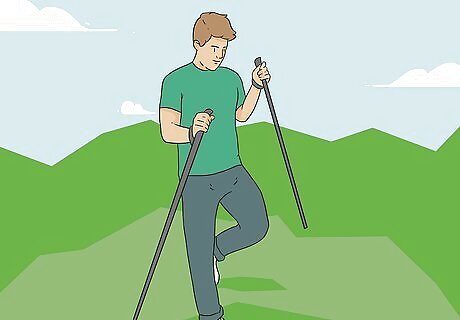
Adjust the poles to different lengths for contouring. If you are on the side of a hill, use a longer pole for the downhill side and a shorter pole for the uphill side to maintain your balance. The amount that you will adjust the poles partially depends on the terrain and steepness of the hill, but a good general rule is to keep the uphill pole at thigh height and the downhill pole at chest-height. If anything feels painful or awkward, you should stop to readjust. The goal of hiking poles is to provide additional stability, so you shouldn't feel uncomfortable when using them.














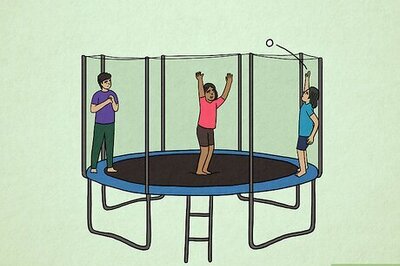
Comments
0 comment